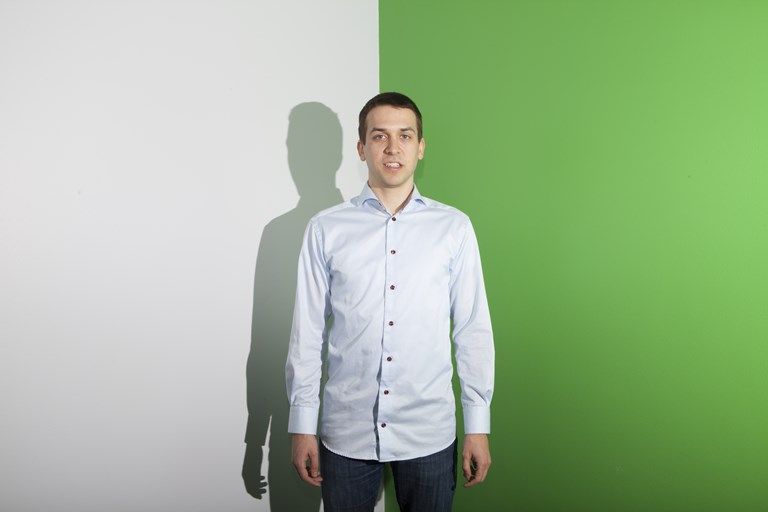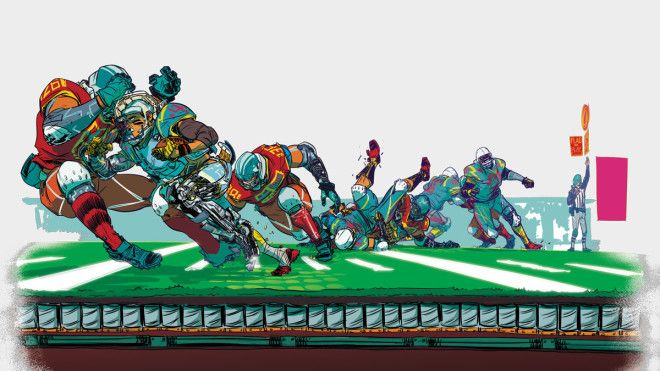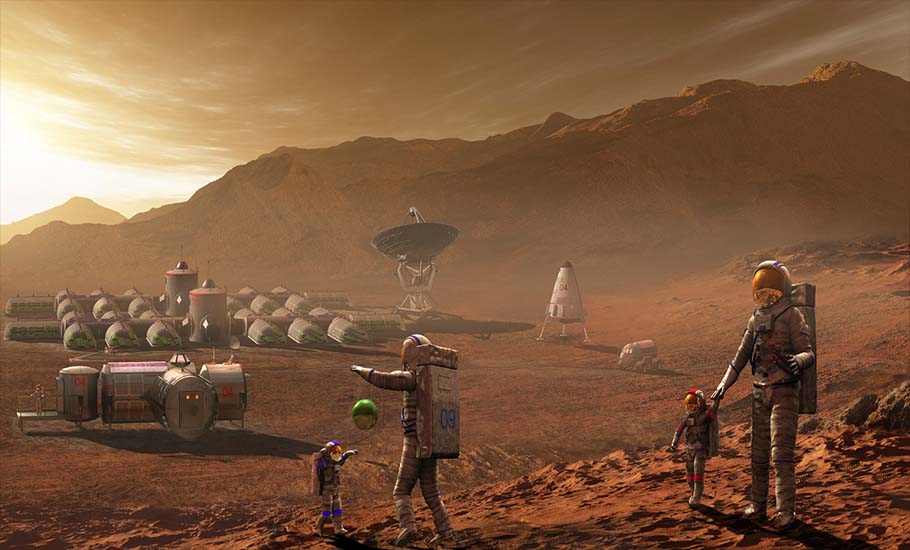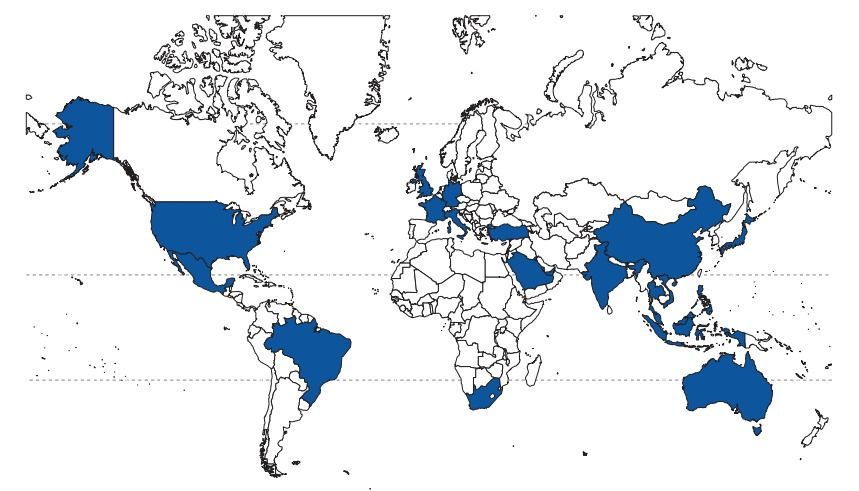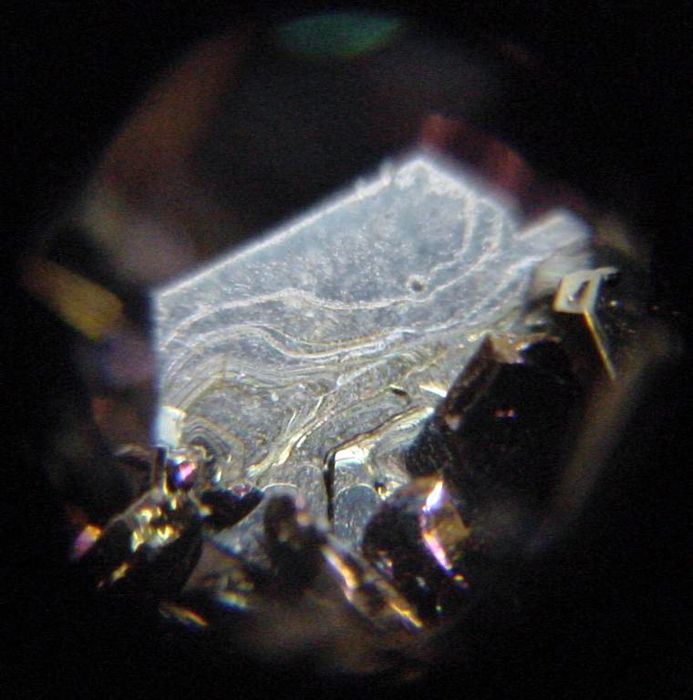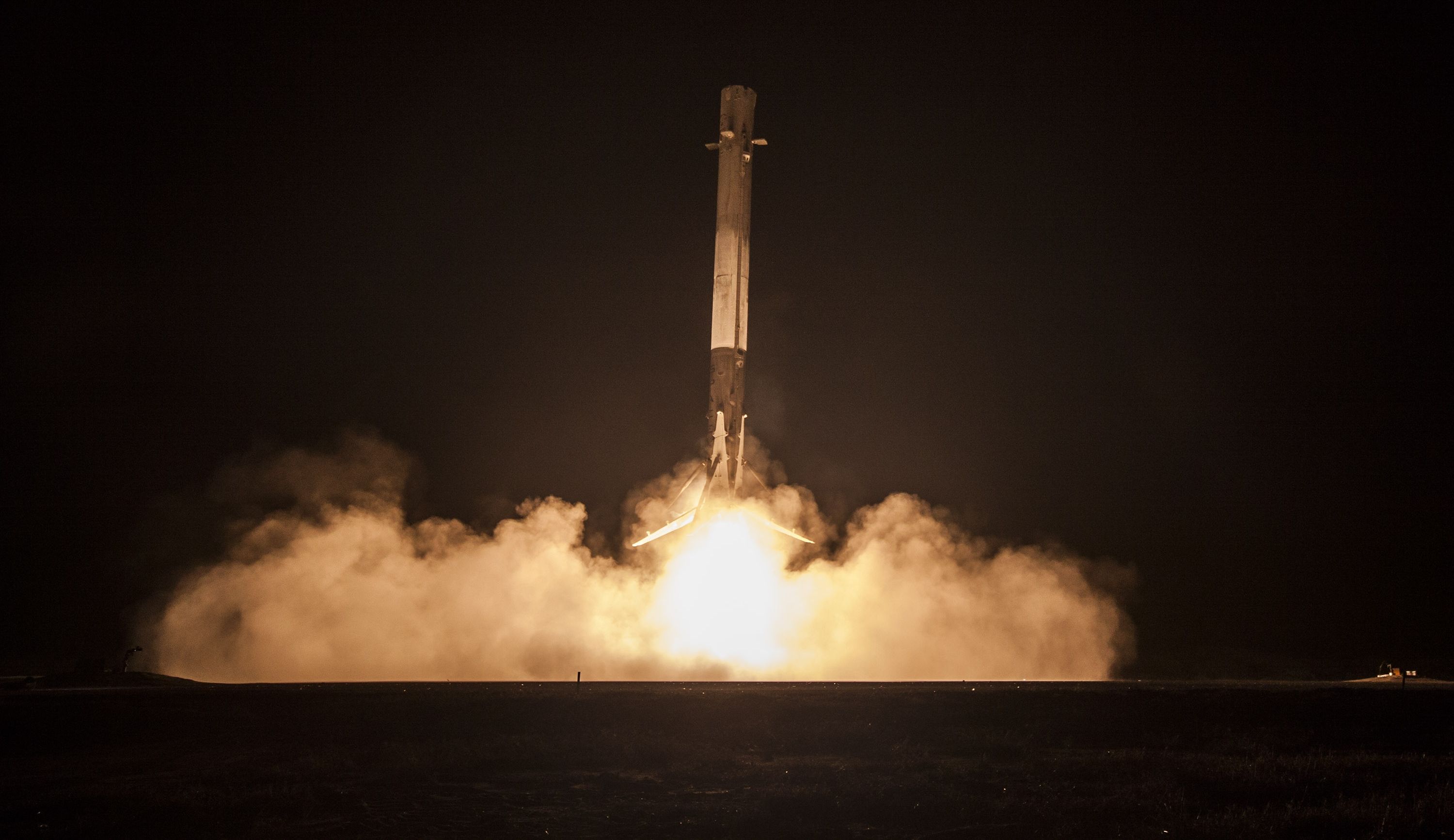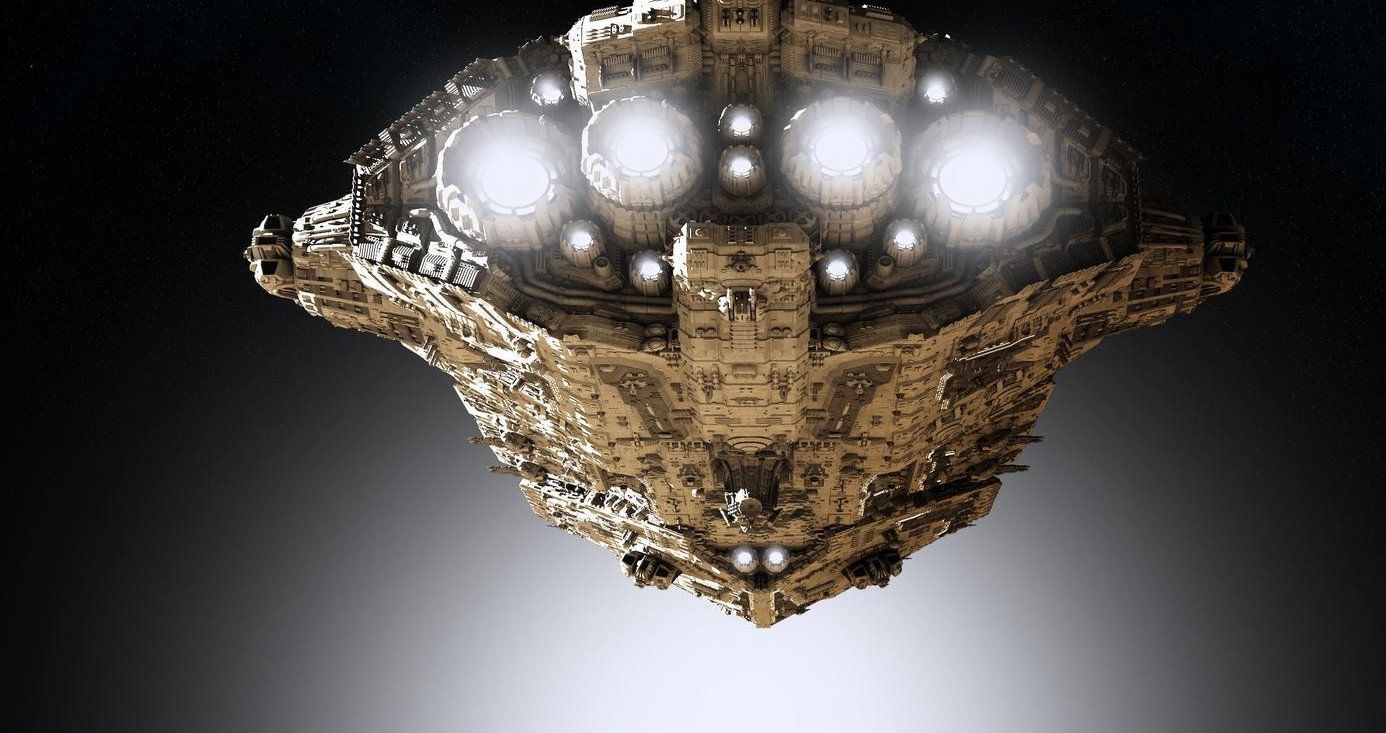““If you think it’s too early to think about something, it’s probably slightly too late.””
(draft)
We’ve just posted a proposed definition of the notion of a technological singularity in our blog. Please comment freely.
Synopsis: Careful expositions of a technological singularity anticipated by the mid-21st century can be uniquely described using three common characteristics: superintelligence, acceleration, and discontinuity.
Scalpers offered contact lenses guaranteed to fool any ocular-based biometric ticketing technology.
He was right, of course, which explains all those people arriving at the stadium in all the usual ways. Some came by autonomous cars that dropped them off a mile or more from the stadium, their fitness wearables synced to their car software, both programmed to make their owner walk whenever the day’s calories consumed exceeded the day’s calories burned. Others turned up on the transcontinental Hyperloop, gliding at 760 miles per hour on a cushion of air through a low-pressure pipeline, as if each passenger was an enormous bank slip tucked into a pneumatic tube at a drive-through teller window in 1967. That was the year the first Super Bowl was played, midway through the first season of Star Trek, set in a space-age future that now looks insufficiently imagined.
And so hours before Super Bowl 100 kicked off—we persist in using that phrase, long after the NFL abandoned the actual practice—the pregame scene offered all the Rockwellian tableaux of the timeless tailgate: children running pass patterns on their hoverboards—they still don’t quite hover, dammit—dads printing out the family’s pregame snacks, grandfathers relaxing in lawn chairs with their marijuana pipes.
Over the last 12,000 years or so, human civilization has noticeably reshaped the Earth’s surface. But changes on our own planet will likely pale in comparison when humans settle on other celestial bodies. While many of the changes on Earth over the centuries have been related to food production, by way of agriculture, changes on other worlds will result, not only from the need for on-site production of food, but also for all other consumables, including air.
As vital as synthetic biology will be to the early piloted missions to Mars and voyages of exploration, it will become indispensable to establish a long-term human presence off-Earth, namely colonization. That’s because we’ve evolved over billions of years to thrive specifically in the environments provides by our home planet.
Our physiology is well-suited to Earth’s gravity and its oxygen-rich atmosphere. We also depend on Earth’s magnetic field to shield us from intense space radiation in the form of charged particles. In comparison, Mars currently has no magnetic field to trap particle radiation and an atmosphere that is so thin that any shielding against other types of space radiation is negligible compared with the protection that Earth’s atmosphere affords. At the Martian surface, atmospheric pressure never gets above 7 millibars. That’s like Earth at an altitude of about 27,000 m (89,000 ft), which is almost the edge of space. And it’s not like the moon is a better option for us since it has no atmosphere at all.
Finally, folks are getting the real picture around re-tooling and retraining folks for new jobs in an oncoming AI future. In my posts; I have highlighted the need for governments and businesses to retrain people as well as ensure that their is some level of funding established to assist displaced workers, and especially as we see the maturity of Quantum in the AI space this will definitely be a must.
 “If every tool, when ordered, or even of its own accord, could do the work that befits it… then there would be no need either of apprentices for the master workers or of slaves for the lords.” – Aristotle.
“If every tool, when ordered, or even of its own accord, could do the work that befits it… then there would be no need either of apprentices for the master workers or of slaves for the lords.” – Aristotle.
Humans have such a love/hate relationship with technology that it’s almost comical. All of our own creation, once we’ve perfected amazing innovations, we often turn on them–when convenient. As the PC became common and marketed toward the masses in the 80s, a new world of automation, both good and bad, was predicted. As mad scientists tucked away in secret, underground labs began creating evil robots in a slew of sci-fi movies that we consumed greedily, along with becoming affectionate toward machines like C-3P0 and R2-D2 just birthed in what would be a continuing pop subculture with a momentum of its own, our imaginations ran wild. Fearmongers cited that automation would make many jobs obsolete; robots would begin doing what was left as an economic apocalypse ensued for the human race.
In truth, the birth of the computer created a huge industry of jobs, from manufacturing and maintenance to advanced software engineering and entire IT departments. And although it’s been predicted through the ages that robots would begin doing all of our tasks, how many of us are actually employing robots in the home or office–and how many people do you know who lost their jobs because it was given to a humanoid instead? Probably none. But still, yes, there are whispers saying that may change one day soon. And while we’ve all heard that talk for decades past, it is undeniable that innovation on nearly every level has been accelerated recently, and is predicted to continue as 3D printing, artificial intelligence, and robotics evolve–just as a few examples.
Healthcare has a new set of hospital cleaners through Maidbot.
Maidbot, an Ithaca-based startup run by Cornell students that combines hospitality and robotics, has gained attention in several competitions around the country, most recently competing against 14 other college startups in the RECESS Pitch Competition earlier this month. “With this new automated system we were really excited to revolutionize and transform the hospitality industry.” —Micah Green ’18.
Additionally, Maidbot was announced as one of 32 semi-finalists in the Student Startup Madness competition — a collegiate startup tournament at SXSW — earlier this month. If Maidbot is to win in the semi-final round, the startup will be able to pitch to investors in Austin, Texas, in March. Inspired by the television show The Jetsons, Maidbot is a robot created to assist hotel room attendants with housekeeping tasks. Micah Green ’18, a co-founder of the company, had previously worked as a room attendant at a hotel.
Interesting
(JNS.org) Shefa Yamim, an Israeli exploration and mining company, announced that it has discovered rare minerals near Israel’s port city of Haifa.
A report prepared by geologist William Griffin of Australia’s Macquarie University examined the mineral samples of corundum stones sent to him by Shefa Yamim, which found the stones in several sites in the Kishon River. The corundum stones contain a variety of rare minerals, including Moissanite and tistarite.
“Until now, [tistarite] has been found on a single meteorite that came from outer space; this has been the first find in nature in nature of this mineral, whose source is deep inside the Earth,” Shefa Yamim said, Haaretz reported.
Mining in space — could there be gold on those planets and stars? Some investors believe there are or at least something as good as gold.
Investment firms, which typically have viewed space as far too risky, are suddenly courting the industry.
With a growing number of Earth-like exoplanets discovered in recent years, it is becoming increasingly frustrating that we can’t visit them. After all, our knowledge of the planets in our own solar system would be pretty limited if it weren’t for the space probes we’d sent to explore them.
The problem is that even the nearest stars are a very long way away, and enormous engineering efforts will be required to reach them on timescales that are relevant to us. But with research in areas such as nuclear fusion and nanotechnology advancing rapidly, we may not be as far away from constructing small, fast interstellar space probes as we think.
There’s a lot at stake. If we ever found evidence suggesting that life might exist on a planet orbiting a nearby star, we would most likely need to go there to get definitive proof and learn more about its underlying biochemistry and evolutionary history. This would require transporting sophisticated scientific instruments across interstellar space.
